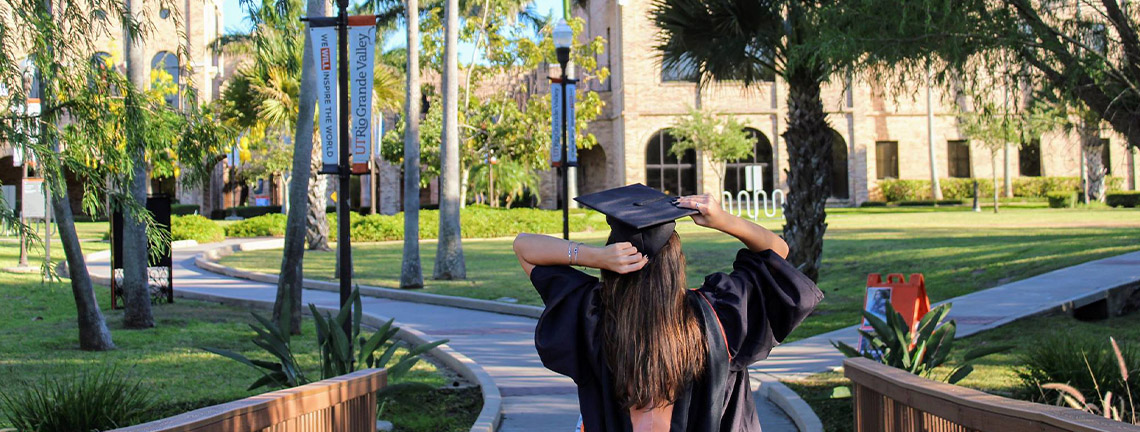
Theses and Dissertations
Date of Award
5-2022
Document Type
Dissertation
Degree Name
Doctor of Education (EdD)
Department
Curriculum & Instruction
First Advisor
Dr. Laura Jewett
Second Advisor
Dr. Sandra Musanti
Third Advisor
Dr. Michael Guerrero
Abstract
Cummins (2018) argued that “emergent bilingual students struggle, often unsuccessfully, to escape from the externally imposed identity cocoon within which they find themselves” (p. x). This struggle leads to negative views and deficit thinking approaches to educating these students. In today’s educational context, meeting the cognitive needs of bilingual students is not sufficient. Schools must provide learning opportunities to affirm their identities to support their academic success. Research indicates that we must develop a deep understanding of the intersectionality of language, students’ identity construction, and language use (Norton, 2010; Potowski, 2007; Poza, 2016).
This study aimed to examine how emergent bilinguals in fourth and fifth grade develop and perceive their identity in today’s bilingual classrooms, how this translates to classroom language use, and to analyze which factors influence this identity construction together with their biliteracy. Using a qualitative approach, specifically an ethnographic case study methodology, I collected data in two dual-language classrooms as observations, interviews, and artifacts. The data was analyzed using the theoretical frameworks of Norton’s (2010) Identity and Investment and Garcia’s (2009) dynamic bilingualism approach. I used coding and thematic analysis to analyze and interpret the data. I described this process of data collection and analysis in chapter three.
The following four themes emerged as part of the data analysis within and across data sets: (1) Students use their language repertoires to demonstrate their bilingualism, biliteracy, and fluidity between the two languages; (2) Students internalize their bilingual identities as a sense of pride and family connections, (3) Language as a resource orientation influences students’ perceptions of their bilingual identities, and (4) Teacher pedagogies and language views influence students’ bilingual identities and language use. In Chapter V, I discuss and synthesize the significance of three key findings as they relate and connect to the themes previously identified. I also provide a discussion of the implications for practice and further research.
Recommended Citation
Carrillo, Natalia, "Understanding the Intersectionality of Bilingual Identities: Language and Biliteracy in Emergent Bilinguals" (2022). Theses and Dissertations. 1024.
https://scholarworks.utrgv.edu/etd/1024


Comments
Copyright 2022 Natalia Carrillo. All Rights Reserved.
https://go.openathens.net/redirector/utrgv.edu?url=https://www.proquest.com/dissertations-theses/understanding-intersectionality-bilingual/docview/2711878485/se-2?accountid=7119